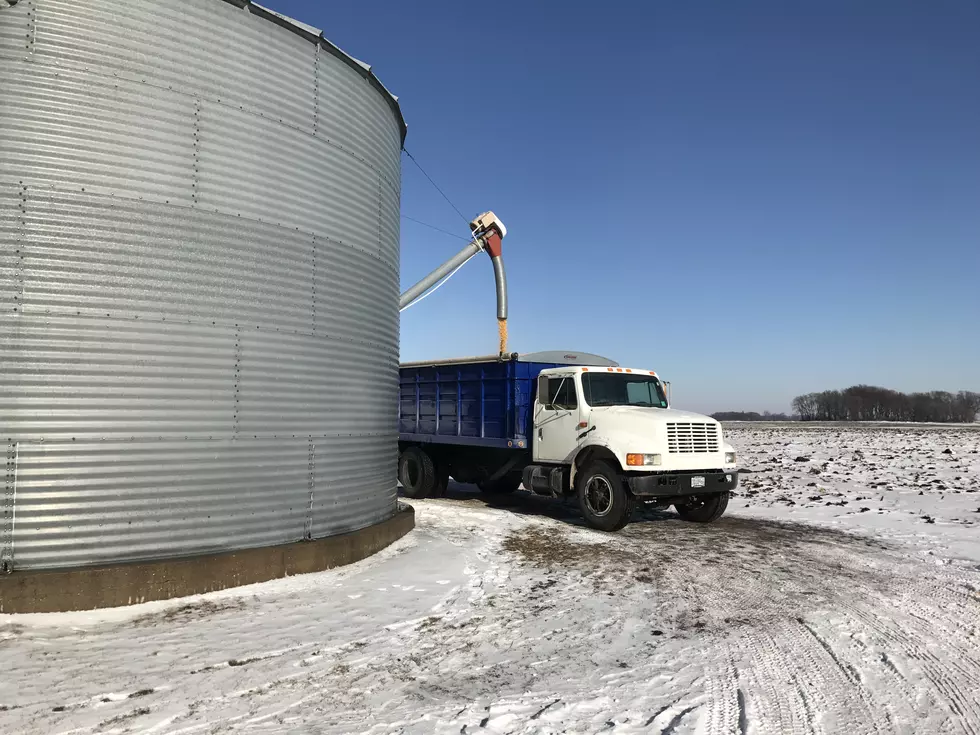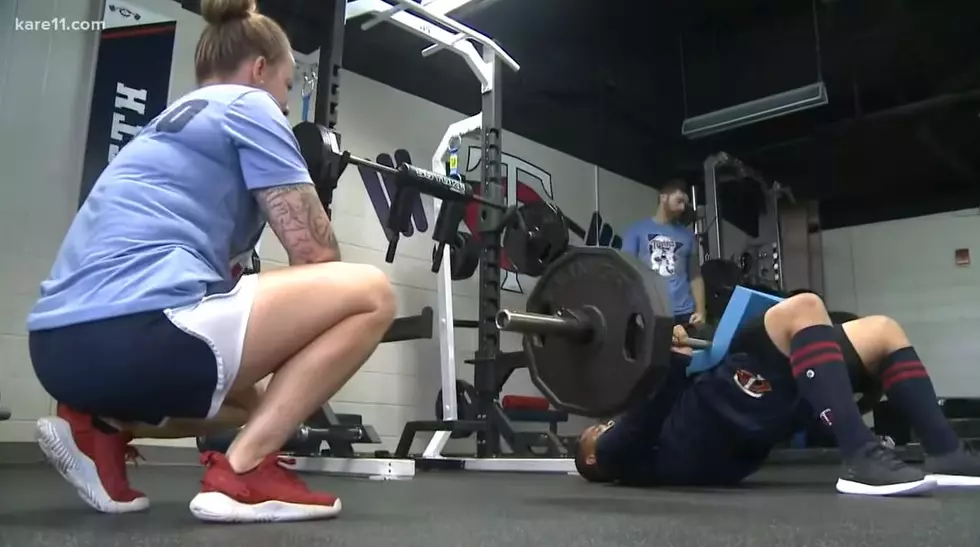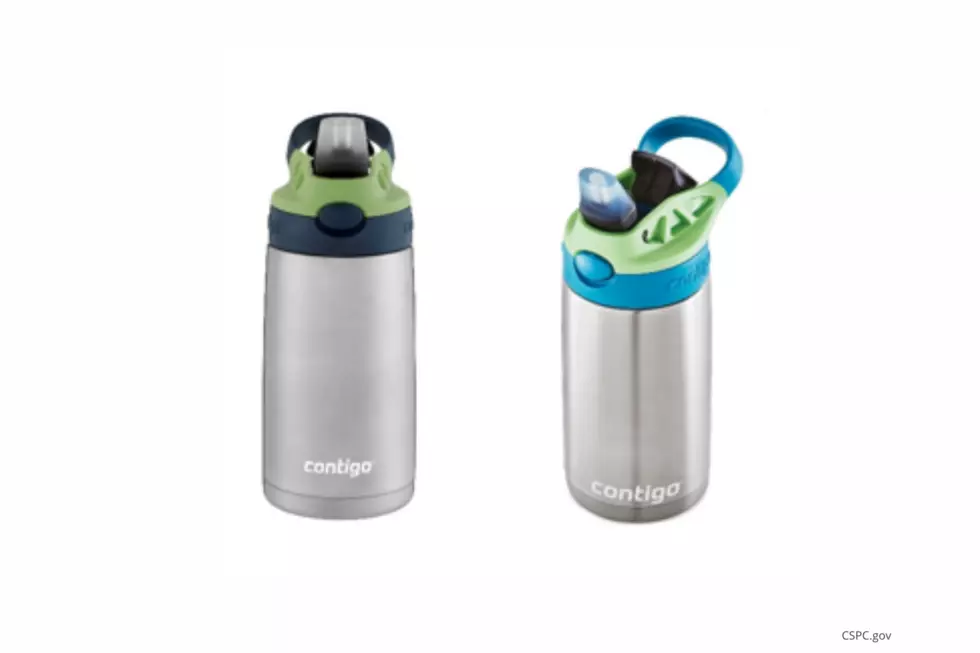
National and Minnesota Grain Bin Safety Week
Secretary of Agriculture Sonny Perdue declared this week National Grain Bin Safety Week. Minnesota Governor Tim Walz also declared this week Minnesota Grain Bin Safety Week. The proclamations are intended to raise awareness of the dangers of going into grain bins and to promote grain bin safety education. There are a number of reasons why we have seen more deaths in grain bins.
First grain bins have gotten much larger with high capacity unloading augers. When I was growing up a big bin could hold 10,000 bushel of corn. Today many farmers have bins that can hold 100,000 bushel of corn. I know some farmers that have bins that hold 500,000 bushel of corn! These big bins come with high capacity unloading systems.
My 12,500 bushel bin at the farm has an 8 inch unloading auger. I have another bin that has a 6 inch auger. These big bins today may have a 13 inch auger or big conveyer under the bin for unloading . If you go into a bin when it is being unloaded the corn is moving down through the center so fast you can not get out. It is like being stuck in quick sand and the corn "sucks you in."
The other reason we have seen more grain bin issues this year goes back to the past growing season. The corn was planted late and it was very cold last fall. The corn was much higher in moisture and lighter in test weight than normal. That resulted in more damage to kernels with a lot more fines that are concentrated in the center of the bin. That makes it difficult to cool and aerate the corn with the fans.
Then last fall there were shortages of propane for corn drying. Many farmers, to save on propane did not dry the corn to as low a moisture as they normally would. In addition this winter we have seen big temperature changes. It was 20 degrees below zero Thursday morning. Friday the high was 36 degrees. If the corn is not adequately aerated you can see moisture migration in the bin.
Yes, all the corn may have been dry when it was put in the bin last fall. Then moisture can move in the bin, typically to the top of the bin and along the south wall. Very quickly the corn will begin to heat and get moldy. When you begin to unload the bin moldy clods of corn can plug the auger or conveyer intake at the bottom of the bin. You can also see the corn bridge up on the side of the bin.
If a farmer sees the corn bridge up there is a very strong urge to go into the bin and try to get the corn to flow again. Unfortunately a lot of corn may break loose at one time. In an instant the farmer is covered in corn. The best thing a farmer could do if they have problems unloading their bin is call someone with experience.
This last week I called a couple grain bin dealers in our area. Already they have had many calls from farmers this year and offered advice on how to proceed safely. They also will go out to the farm and help the farmer get the corn flowing again!
More From KQCL Power 96










